Adult bicycles: sizes, types and choices
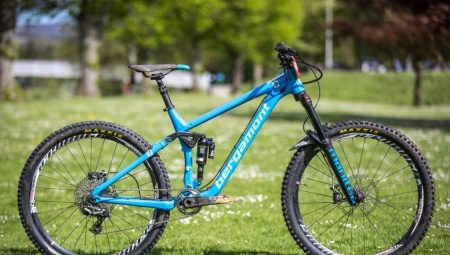
A bicycle for adults differs from a child's not only in size and geometry, but also in the distance that an adult biker can cover on it. This is the audience that every sports store or hypermarket is counting on - at least 80% of sales are made up of “adult” bicycles, their assortment is rich and varied.
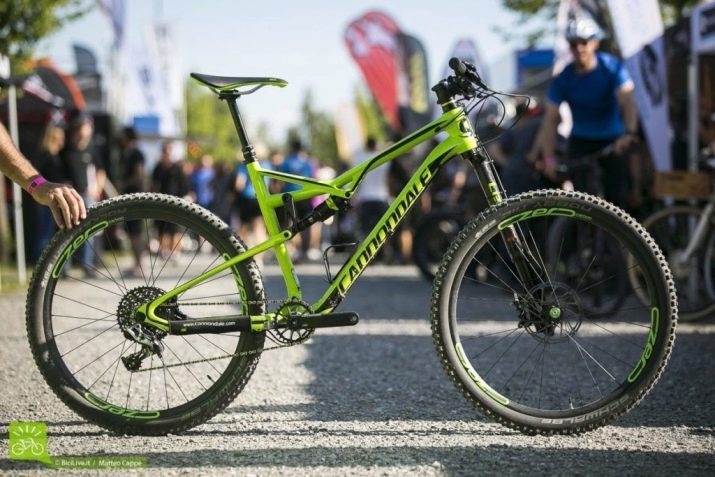
Peculiarities
An "adult" bike differs from a child one in the following parameters.
- The size is selected for any height - from 150 to 195 cm. This range of growth of an adult in "length" is less than that of children - from 80 to all the same 150 cm. Because of this, there are only 5 varieties of it - for a child there are much more options, about 10, because children do not buy a bicycle "for growth".
- The distance traveled by a biker per day is 5 ... 200 km. Parts must be extremely durable and strong, and spare parts for them must be presented in a wide range. A child will "break" a kilometer from home and will be able to roll or carry a faulty bike. An adult biker, while cycling or traveling in Russia, having "broken down" in the wilderness, will walk tens of kilometers to the nearest city bike market or bicycle store, driving his faulty bike along the highway or along the country road.
- The bike should move equally well on the smooth asphalt of streets, avenues and highways, overcome inclines up to 12 degrees, including mountain trails, drive along forest and country roads and on grass through a field where there is no road. There are no children's bicycles of this level. Teenage, multi-speed, for boys and girls from 14 years old are approaching entry-level mountain models.
- The weight of the bike is 7 ... 17 kg (if it is not an e-bike). Children's bicycles weigh 4 ... 7 kg, teenagers - 7 ... 12. An important role in this is played by the frame material, the quality and weight of the rubber, the set of parts (for example, for enumerating speeds), which is assembled for a particular model.
- Dimensions. Compared to children's bicycles, the size of an "adult" can be significant. An important role here is played by the size of the frame, the diameter of the wheels and the distance between the bushes of the latter, the height of the steering wheel and saddle (taking into account the range of adjustment of their height), and the width of the tires. Foldable models (transformer) of the middle and upper price ranges also have modest dimensions, comparable to those of teenagers.
- Electrical equipment... It is unlikely that you will find an e-bike for a child. For adults, over the past 10 years, dozens of electric models have been created.
- Two-wheeled bike only. The exception is Izh-Bike, cargo 3-wheeled bicycles for adults.
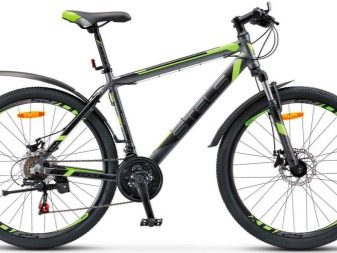
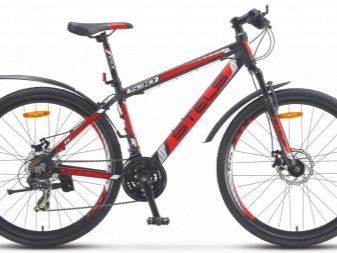
A bike with a carrycot is similar to a motorcycle - a base with a third wheel is welded at the back. The design from above is not similar to an isosceles one, as in the Izh-Bike "trike", but to a right-angled triangle, the tops of which are the wheel hubs.
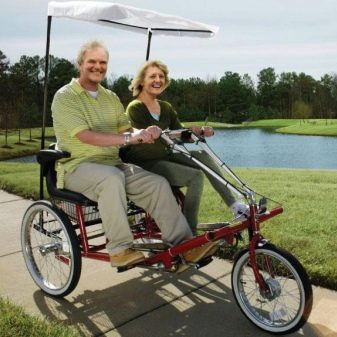
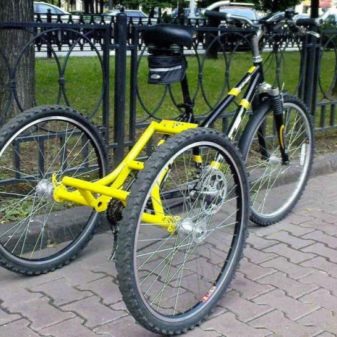
Dimensions (edit)
The dimensions of the main (large) parts, even for ordinary bicycles, vary considerably.
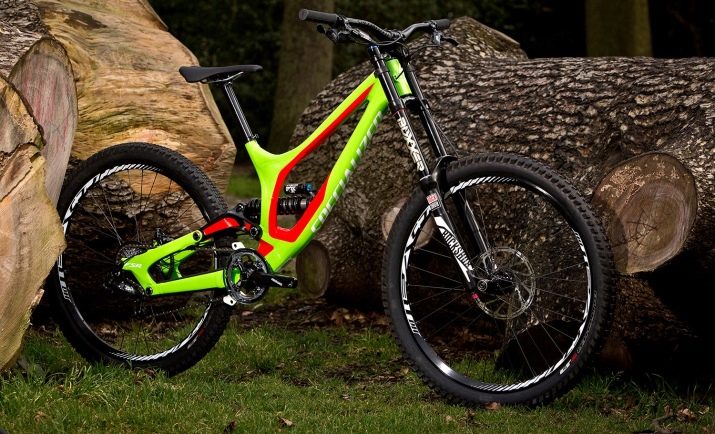
Wheels
The material of the wheel rim for an adult bicycle is most often an aluminum-based alloy, for example, with magnesium. Duralumin can be found less often, but aviation aluminum is still considered the best alloy - it can withstand significant overloads. For the best strength, the rim is made in the form of a box-shaped structure, vaguely resembling a profile cut of a metal-plastic window.
The lattice (box-like) structure gives the rim more strength - than if it were like a regular single-layer hoop. Steel rims have outlived their usefulness back in the Soviet years. Compared to a layer of the same thickness made of aluminum, they are too heavy.
Titanium rims would be lighter - but titanium is too expensive (up to tens of times) in price.
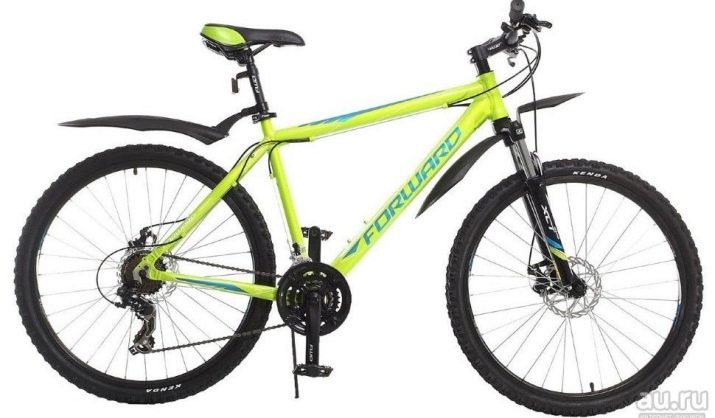
After the material and construction of the rim, the rim diameter is considered the most important characteristic. For regular bikes, it ranges from 24 to 29 inches. Several sizes - 24, 26, 27.5, 28 and 29 - rule the wheel ball on most bikes. Highly specialized folding bicycles have a diameter of 16-22 inches - as a rule, these are elite manufacturers, for example, the English company Strida, which produces ultra-compact models with a non-standard folding frame that allows the bike to be folded almost to the diameter of this very wheel.
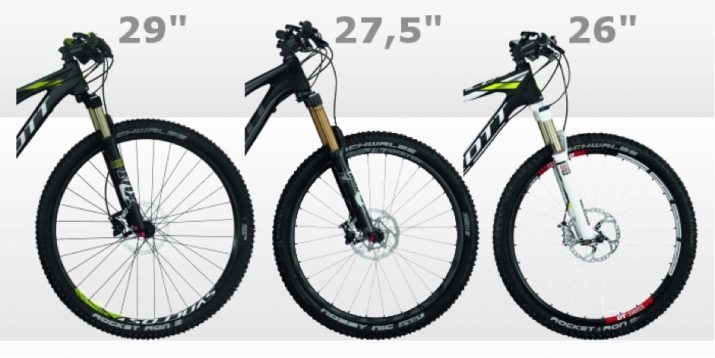
Length and height
Several parameters are responsible for the overall characteristics of the frame.
- Rostovka - the height of the seat tube from the pedal sleeve to the point where it ends, giving way to the seat “pin” (pin, inner tube) on which the saddle “sits”. For adult bicycles, the standard size is 14 to 24 inches.
- Standover - the distance from the ground to the middle of the top tube of the frame that connects the seat tube to the front head tube. The midpoint of the upper tube was chosen because in most modern bicycle models this tube is not parallel to the road surface, but has an upward slope of the front end relative to the rear. The average distance between the height of the standover and the crotch of the rider who stands above the road frame and stands on the ground (and not on the pedals) is 5 cm, this is what guides when choosing a bike with a suitable frame size.
- Wheelbase length - the distance between the front and rear wheel hubs. The average distance can be 1.2 m.
- Main frame length - the distance between the front wheel hub and pedal hub. It cannot be more than 0.8 m - for one person (not in the case of a tandem) this is enough.
- Carriage height - distance from the pedal sleeve to the road surface.
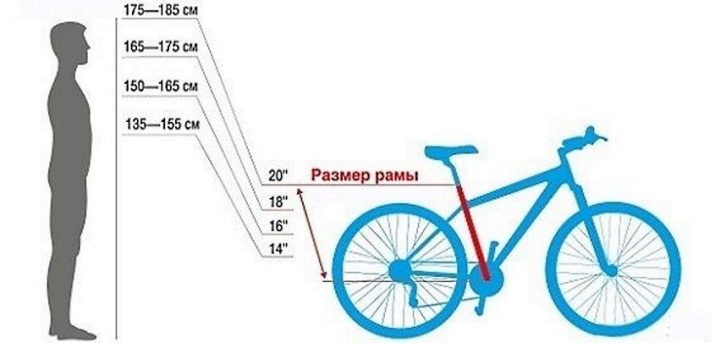
Mini-bicycles, including compact folding models, do not have standover at all - due to the special geometry and structure of the frame, which often exclude the presence of an upper horizontal frame tube.

Weight and carrying capacity
A typical adult bicycle (including multi-speed models) weighs between 7 and 17 kg. Folding can weigh up to 20 kg - depending on the body kit. But electric bicycles, due to the presence of motor bushings and a set of accumulators, will “grow fat” by up to 10 kg in weight. In total, a prefabricated factory electric bike can weigh up to 30 kg - like Soviet color televisions of the first generations. And if a classic bike can be carried alone up the stairs to your floor even with the elevator inoperative, then with e-bike without the help of an elevator or ramp, you are unlikely to succeed.
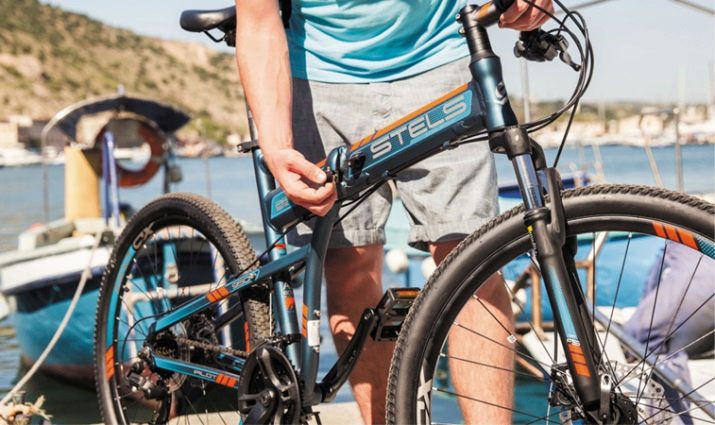
Modern bicycles can easily withstand riders weighing up to 100 kg without bending a single millimeter in the frame.
Models and with a reinforced frame allow heavy weights with a mass of up to 120 kg to ride. If you are a thin person with a weight of 60 kg with a height, for example, 180 cm, and the bike is designed for a weight of 100 kg, you can hang it on the handlebars on both sides, for example, a 10-kilogram bag of potatoes, and fix it on the trunk the third is the same. When loading bags in a hypermarket, leave a small margin for the maximum load of at least 10-15 kg - this will allow you to avoid deflections and the danger of sudden frame breakage while driving on an uneven road.
Thus, they often turn their thinness into a plus, working, for example, as a bicycle courier delivering equipment and equipment, the dimensions of which do not interfere with the control of the bicycle.
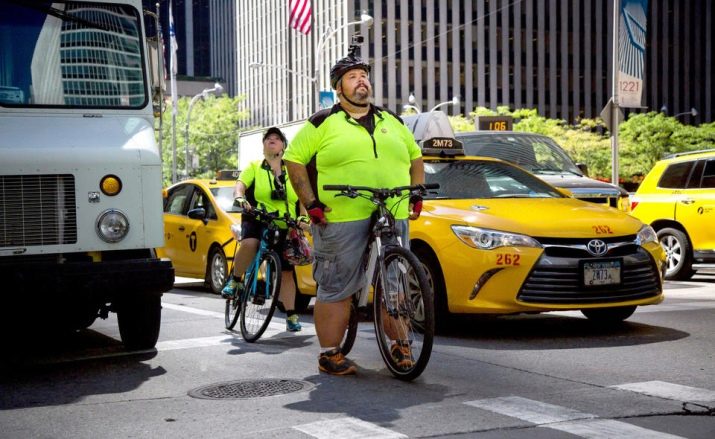
Frame parameters
Besides the sizes, an important role is played by the geometry and material from which the bike frame is made... In addition to the classic frame, reminiscent of an ordinary or truncated rhombus, parallelogram, curved frames with smooth lines, which are in demand among girls and women, are becoming widespread. Also, some firms based on compact folding bicycles have developed their own shapes.
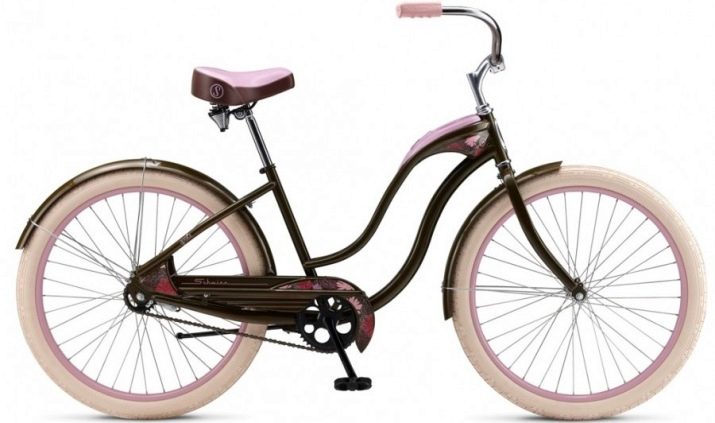
So the British Strida surprised the world with bikes with an A-type frame that allows the saddle to be positioned close to the handlebars, while keeping the cyclist in balance while riding, allowing him to sit upright, like on a stool. In this case, the steering wheel is located almost above the pedals. The dimensions of folding bicycles will only benefit from such solutions - they are easy to store in any, even the most cramped utility room, not to mention an apartment.
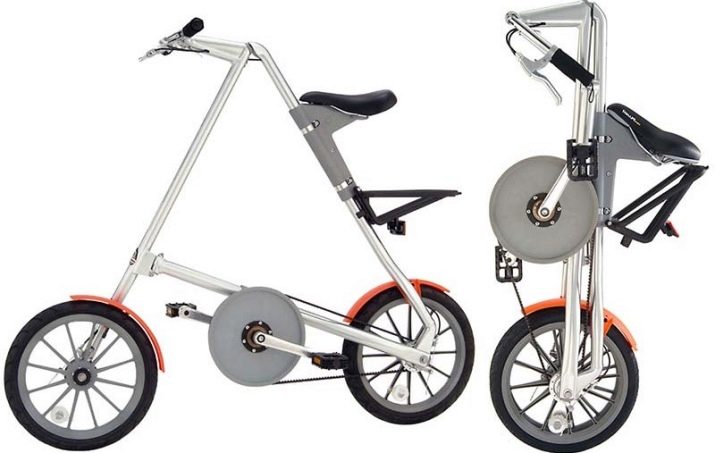
The best materials for a bicycle are steel and titanium - they are almost forever. To damage such a frame, you need to get into a serious accident - for example, hitting a parked car at a speed of 30 km / h, colliding with another bike of the same type, or trying to go downhill on a bike that is not intended for downhill.
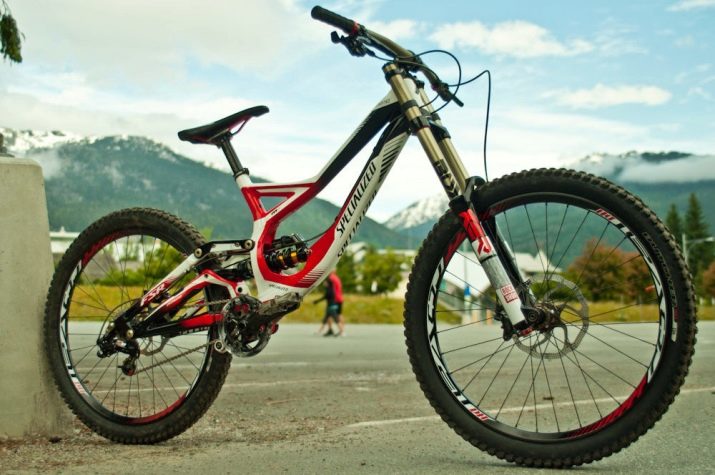
Titanium combines the lightness of an aluminum alloy with the excellent fatigue properties of steel, which easily dampens vibration and unevenness in the road.
Most racing bikes use carbon - carbon fiber reinforced plastic, sometimes reinforced with steel wire. The disadvantage of CFRP is that it is easily damaged by shock and vibration, the direction of which does not coincide with the direction of travel, so most cyclists who have never taken part in cycling are unlikely to appreciate carbon as a worthy alternative to steel and aluminum alloys.
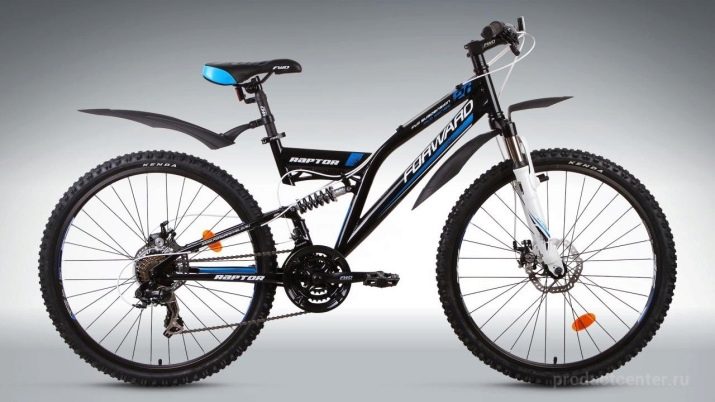
Design
Young boys and middle-aged men are likely to choose a bike with a strict color scheme - the colors will be subtle, from blue-black to dark green. If the guy is a racer, perhaps he will go for "sporty" colors, like those in which his athletic uniform is painted, from trousers to trainers. Choosing a bike to match the color of your T-shirt and sneakers is not a bad decision, it will accentuate your style. For men, functionality is more important - for example, 2 dozen or more speeds, a special steering wheel, which allows you to hang several gadgets, etc.
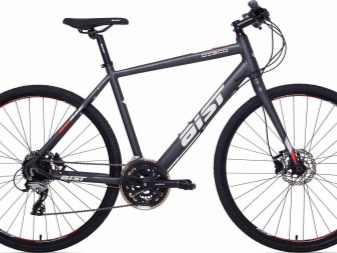
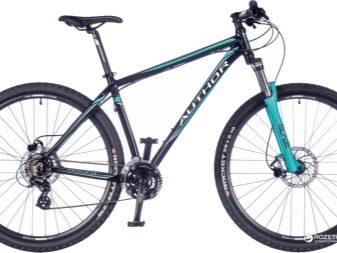
As for the ladies, their choice is bright colors, among which there may well be pink, purple, purple, or a combination of red and white. If a girl dyed her hair, for example, pink blond, then a cruiser would be a good choice for her. Minerva City M309, the frame and fork are painted in a pale pink shade. In women, in contrast to men, the flight of fantasy is much higher - they attach special importance to the form factor and aesthetic performance.

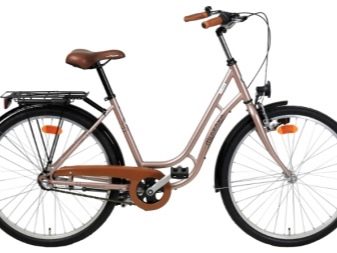
Manufacturers
Rating of manufacturers, starting with the top one, is located as follows:
- Specialized;
- Giant;
- Trek;
- Merida;
- Scott;
- Cube;
- Cannondale;
- Ghost;
- Norco;
- Author;
- Bianchi;
- Schwinn;
- Bergamont;
- PRIDE;
- Orbea;
- Kellys;
- Spelli;
- Comanche;
- Ardis and several other brands.
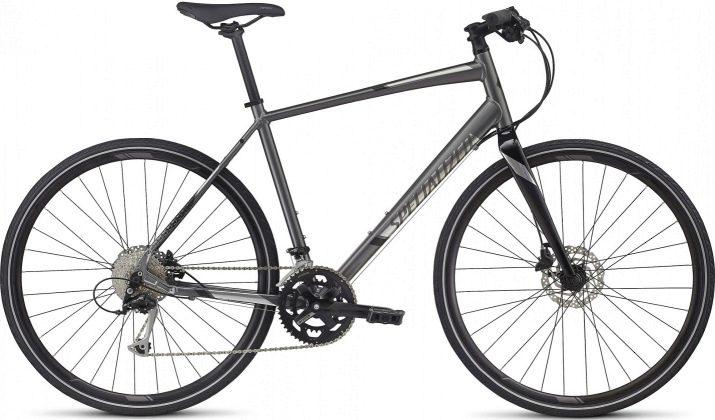
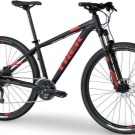
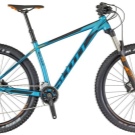
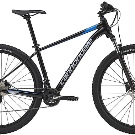

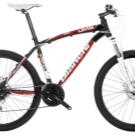
Among the bicycles of mass consumption, available for most bikers, far from cycling, but allowing themselves as a regular entertainment weekend trips and cycling trips, bicycles of brands are common Stark, Stern, Stels. There are also domestic ones - "Desna", "Aist", rapidly gaining popularity. The Specialized brand deserves special attention - the most expensive, but also the highest quality one. This company has its own design office, which regularly proposes bold, ambitious solutions. The firm has not given up its positions for many years.
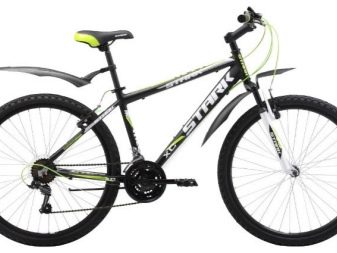
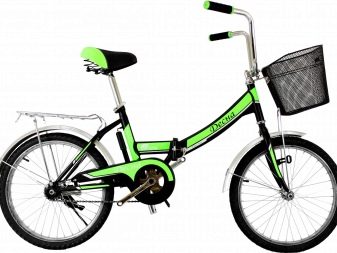
How to choose the right one?
Beginners should pay attention to 3 basic components: frame, bushings and rims. The best frame material for beginners is steel: it does not burst immediately if microcracks begin to form, but breaks down gradually, this gives the cyclist time to pay attention to the breakdown, preserving his life and health. Many people start riding on steel bicycles.
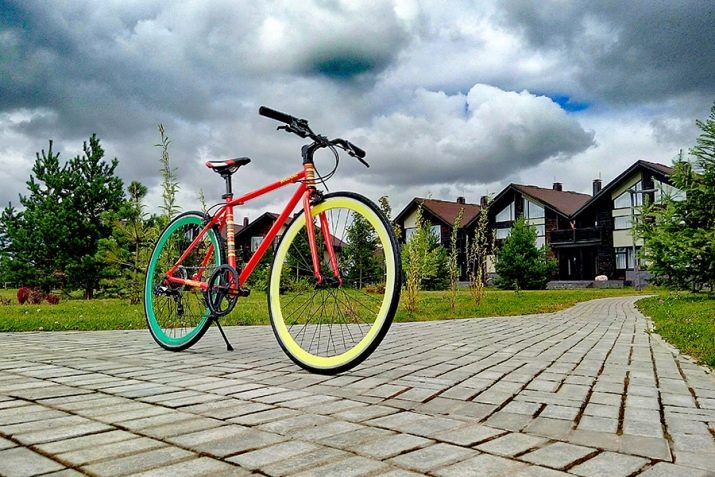
Be sure to choose a frame bike that's right for you. By choosing the “wrong” frame, you are guaranteed to experience unnecessary fatigue and joint pain when riding long distances. If you travel often, for a long time and far, the "correct" frame is vital for you.
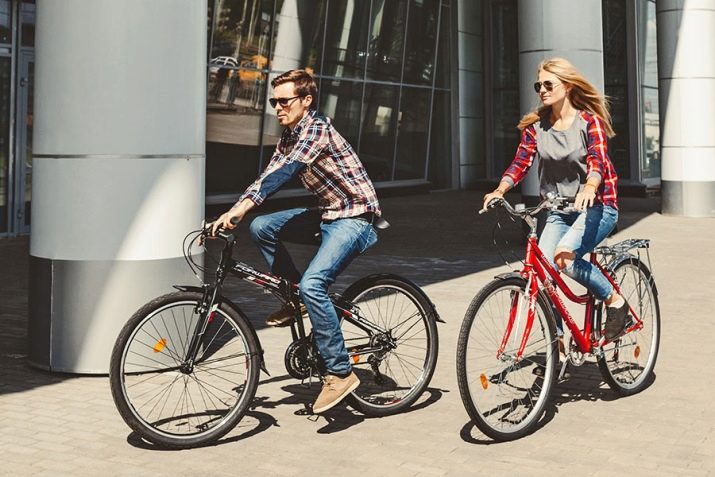
The rims must necessarily be double - with a reinforced box-shaped profile.
Single ones can bend at a sharp crossing over a railroad or when driving on stones, which is why "eights" are formed on them, leading to unnecessary beating of the entire base, destroying the bearings and hubs in the bushings.
Standard industrial bearings are most often used in bushings. All mechanics in bushings must be steel, not aluminum or other alloys. - steel is considered the most wear-resistant. Fake bicycles often use low-quality iron, aluminum bearings. The result is disastrous - such a bike often breaks down after one or several trips with a total mileage of less than 100 km.
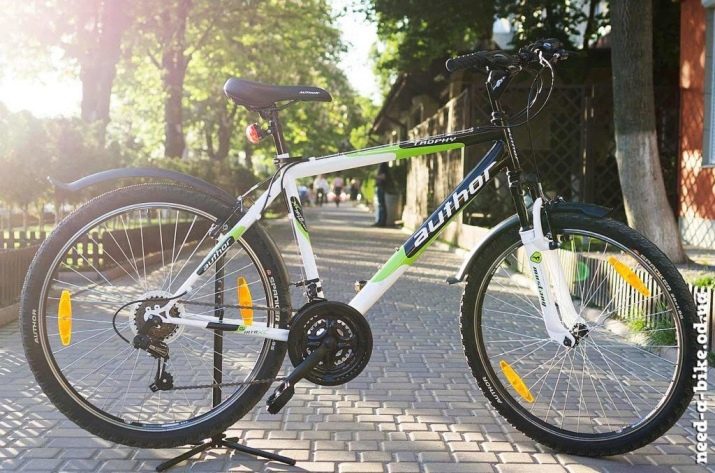
For trips to the dacha or in the countryside and countryside, an ordinary road bike without shock absorption on a fork or rear wheel is quite suitable. But many young men and women immediately buy a mountain bike - a hardtail (with front shock absorption only) or double suspension (full suspension shock absorption). They can be understood.
- Several speeds help to drive against strong winds (one of the lower is chosen) and downhill in a rather mountainous area.
- A fork and spring with springs soften the shaking on broken asphalt and pebbles.
- Aggressive tread on tires is indispensable where the dirt-gravel road is soggy from frequent rains.
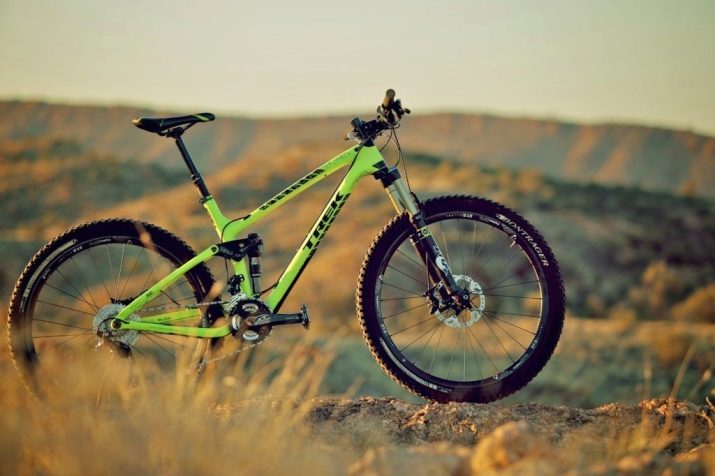
Progressive riders choose a hybrid - a bike that combines the virtues of a mountain bike and a simple road bike. The all-terrain vehicle for all roads and trails has wheels of 28-29 inches, 7-21 speeds and "full suspension". For driving through fields, snow and ice, take a closer look at the fat bike - the rim diameter is 28-29 inches, but the width of the tires reaches 4 (versus 1.5… 2.5 for other bicycles). Speed lovers choose lightweight (road) models.
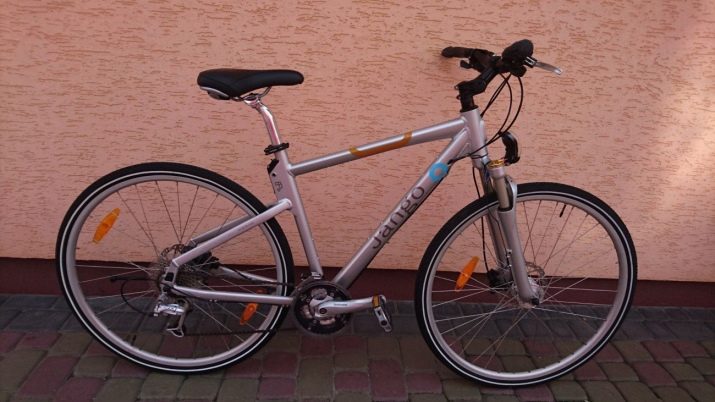
Tips for choosing an adult bike in the video.








